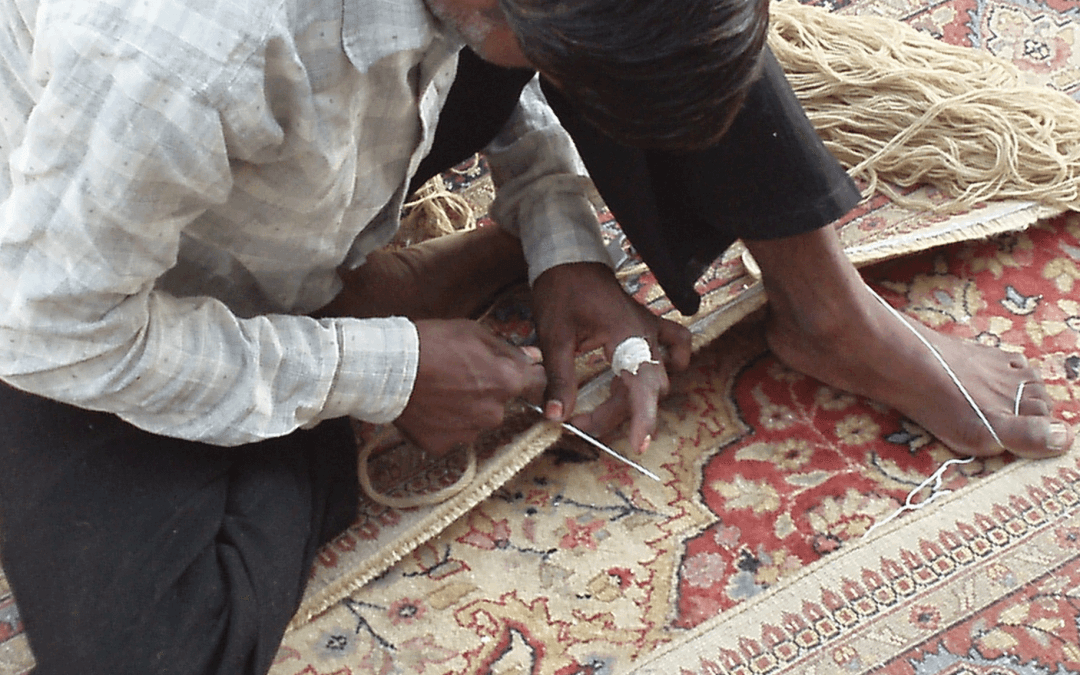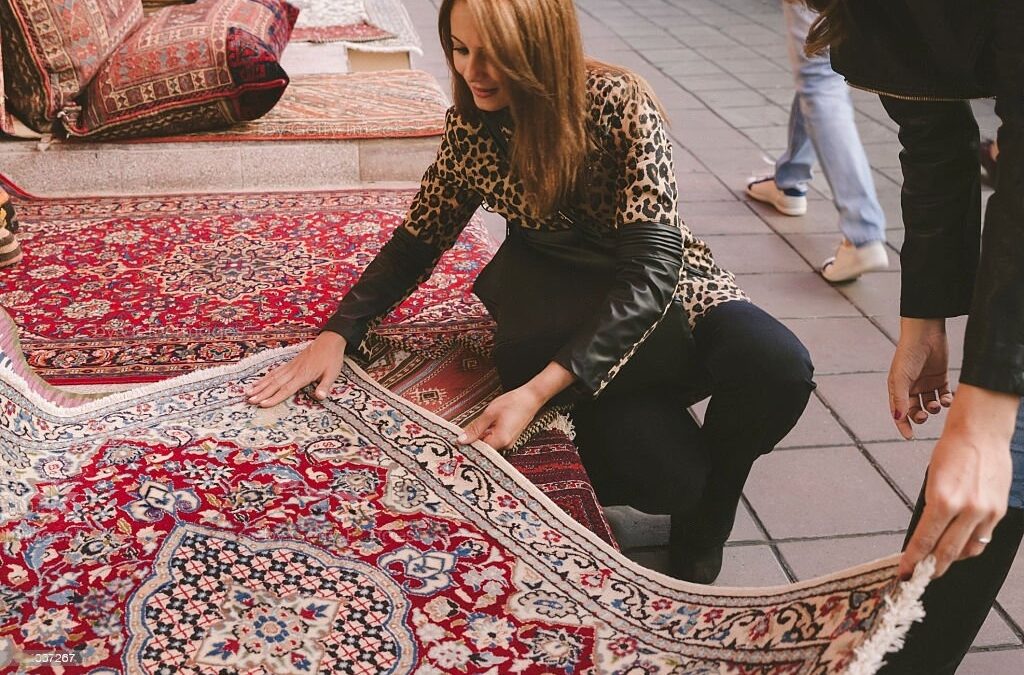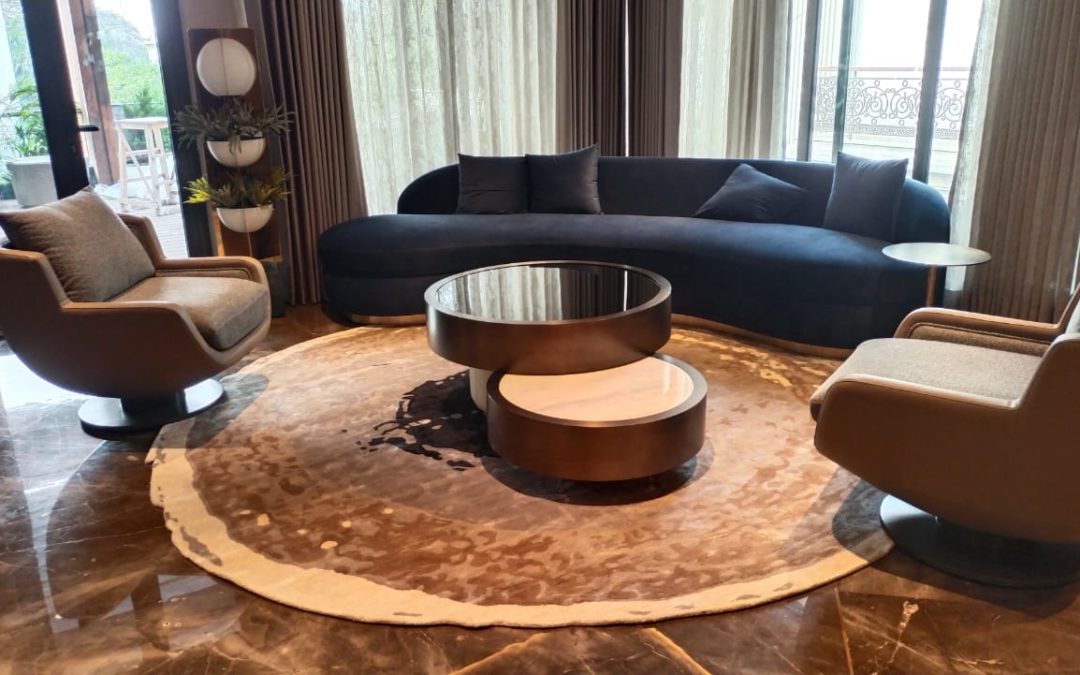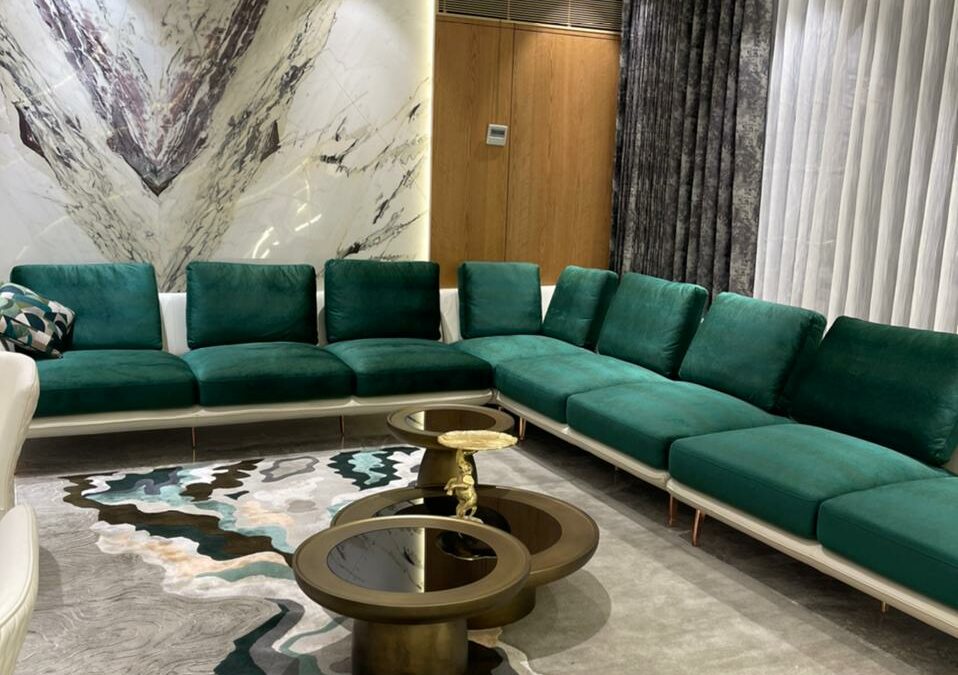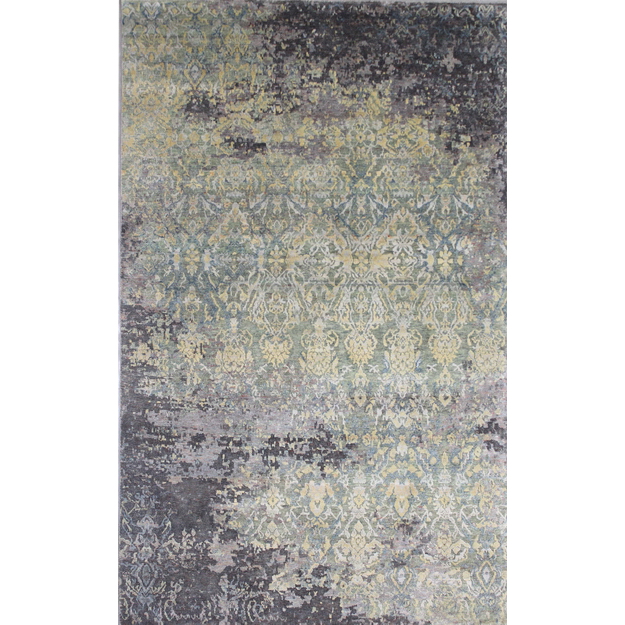The Process of fabricating carpets.
Carpet weaving technique is not just a mechanical process, the weaver rather weaves within its threads the history of his cultural tradition. Every single weaved design speaks of a culture that has been transferred from one generation to the other. The beauty of carpet weaving thus lies in displaying this story of culture being weaved through the threads by the weaver to finally produce a design with a meaning, structure, and an identity of its own that appears organic in nature. It would not be wrong to say that weaving carpet is like weaving culture through threads to produce tangible specimens of one’s intangible cultural heritage and care your carpet for a long life.
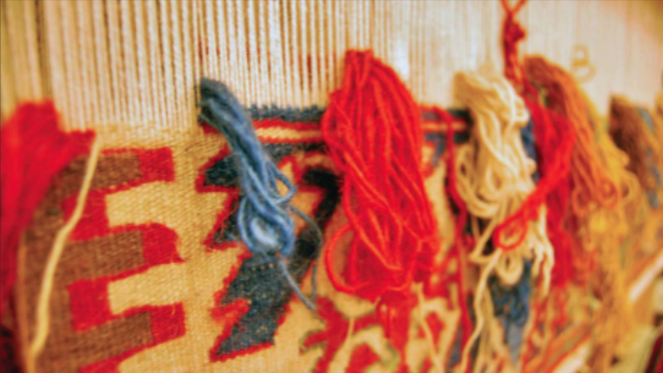
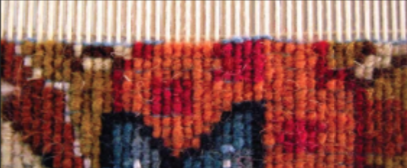

From the traditional rugs ( Carpet manufacturers in India ) made by tribal shepherds to the rugs made by power looms of carpet factories, rugs have traveled a long journey. Over the centuries, there have been new techniques to weave beautiful rugs. Rug making is time-consuming and involves a number of stages. Let’s take on this fascinating journey of how carpets are produced to become such exquisite samples of dexterity, luxury, and adornment.
The Weaving process
- From wool to yarn – Before the actual carpet weaving process takes place in the carpet factory, there is a lot that goes in making the yarn. Raw wool has to be converted to yarn through machines where the wool is converted into individual strands which are further spun into yarn. Yarn further undergoes a spinning process through various other machines that make it strong enough. This follows by cleaning the yarn with detergent and later rinsing many times with clean water and finally, the yarn is sun dried for a couple of days. After drying the yarn is rolled into balls that facilitate weaving and knotting. This is how raw wool is turned into refined yarn that can be used in weaving Indian carpets.
- Dyeing of the yarn – Giving appropriate color to the yarn is one of the most important and visually appealing properties of the carpets. Dyes are produced with great caution to derive exact shades as required for the carpet design. Yarns are dipped in dyes which are heated to the boiling temperatures for certain definite amount of time. After the dyeing takes place, the dyed yarns are placed under the mild sun for drying. Mostly yarns are pre-dyed before tufting of the carpets, only a few times the yarns are post-dyed through the technique of printing, continuous dyeing or beck dyeing.
Carpet Weaving techniques through dyed yarn – the weaving of the dyed yarn into Indian carpet takes place in many ways
- Hand-knotting
- Hand-Tufting
- Handloom – loom knotted
- Flat weave – hand woven
- Power Loomed
The Finishing Process
Once the yarn is woven into a rug, there are few steps in the final processing of the rugs.
- Trimming, washing, and drying of the rug – soon after the weaving, the rug is taken off from the loom for its trimming. The surface of the rug is smoothening out by removing extra hanging fibers. Pointed sharp scissors are used for this leveling. This trimming brings out the clarity in the design of the rug. After trimming, the rug is washed with detergent and later with only with clean water to get rid of all the dirt and leftover detergent. A wood plank with a sharp edge is used to force water through rug for better cleansing. Later the rug is left under sunlight for drying for about four-five days.
- Rug shaving and leveling are again done after rug has completely dried. This enhances the design, colors, and levels the rug along its length and breath. This happens o be the most delicate part of the carpet finishing process.
- Stretching of this rug – After the leveling, the rug is stretched from all the sides with help of a metal frame for a day or two to assure the exact size and shape of the rug.
- Protective measurements – The appearance of the carpet is locked and preserved with the use of fluorochemicals that protects from discoloration and soiling. These chemicals do not tamper the color or shine of the Indian carpets.
- Backing systems – A cushion may be attached to the rug (to which yarn is interweaved through tufting needles) to provide more stability to the structure. In some cases, a bonding adhesive is applied to secure the rug for a longer time. Synthetic latex or vinyl is used to laminate the physical properties of the rug. There is also moisture locking backing systems that prevent moisture from seeping under the rug, in such cases a hardback is attached to the rug. All these backing systems maintain the durability and look of the rug for a longer period of time and the care your carpet deserves.

